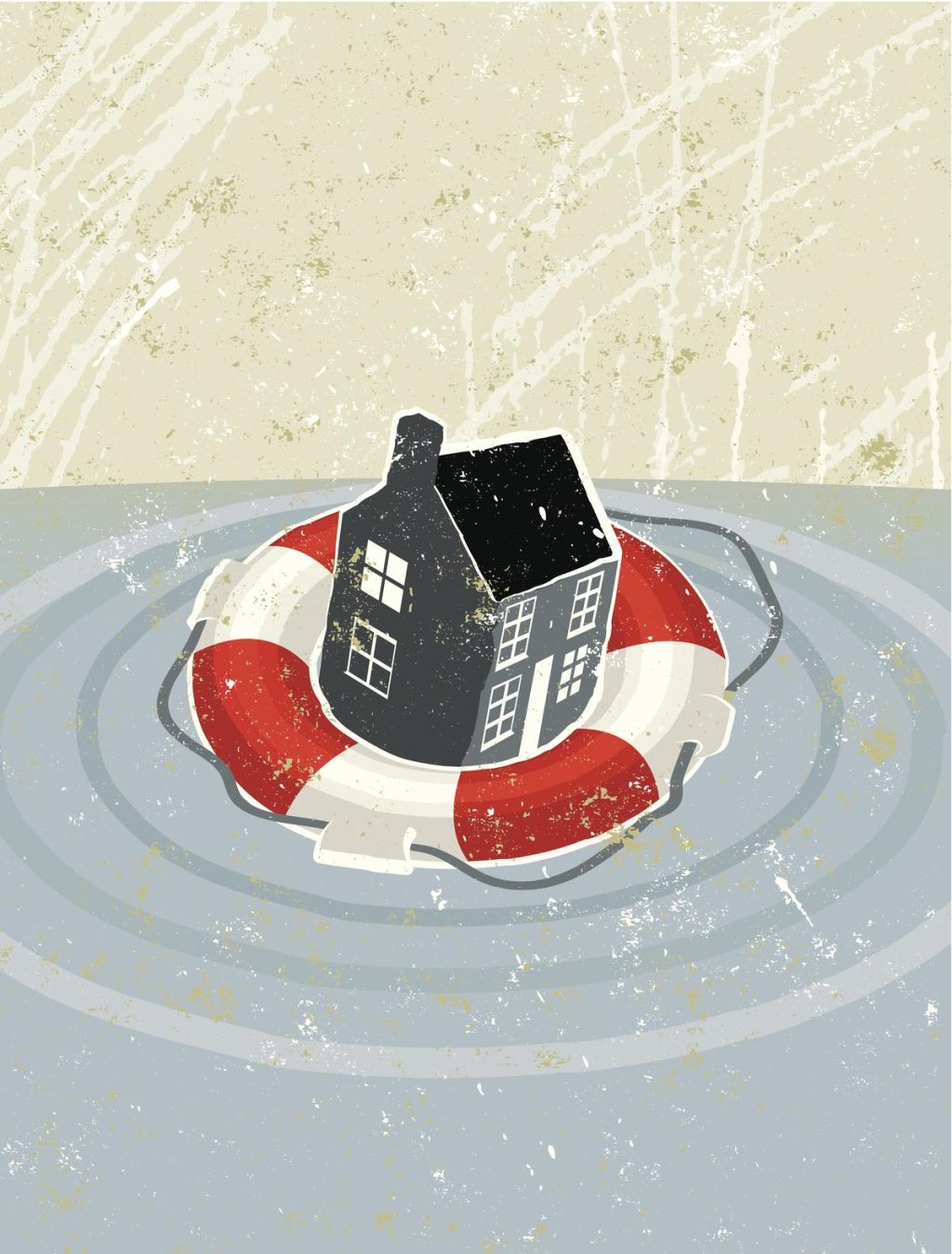Syllabus:
GS3: Indian Economy and issues relating to planning, mobilization of resources, growth, development and employment.
GS3: Inclusive growth and issues arising from it.
Context:
Catastrophe bond issuance in the first half of 2025 outpaced all of 2024 as it’s sales have hit $18.1 billion, surpassing the previous record of $17.7 billion set in 2024, according to data from Artemis.bm, a specialist market tracker.
More on the News
- This comes even as parts of the world are hit by extreme weather.
- Texas and China recently experienced major floods, and Europe has been gripped by intense heatwaves and wildfires.
- Scientists say these disasters are becoming more frequent and severe due to climate change.
- Insurers have already been paying out over $100 billion each year in natural catastrophe losses throughout this decade.
- Reinsurer Swiss Re recently warned that losses could reach as high as $300 billion in a particularly bad year.
Cat Bonds
- Globally, after the hurricanes of the late-1990s in the U.S., when even re-insurers suffered losses, catastrophe risk was farmed out to financial markets through catastrophe bonds (cat bonds).
- Cat bonds are a unique hybrid insurance-cum-debt financial product that transforms insurance cover into a tradable security.
- These bonds transfer hazard risk from the at-risk state to not just the limited stock of global reinsurers, but to deep-pocketed global financial markets through securitisation, opening up a much larger quantum of funds for post-disaster relief and reconstruction.
- These bonds are effective in transferring pre-defined risk to bond investors, ensuring quicker payouts and a much-reduced counterparty risk.
- Sovereign Nations are the ones who create these bonds, they sponsor the bond and pay the premium, with the principal being the sum insured.
- The sponsor requires an intermediary to issue the bond to reduce counterparty risk. Intermediaries can include the World Bank, the Asian Development Bank or a reinsurance company.
- If a disaster does occur, the investor runs the risk of losing a part of the principal, a key reason for higher coupon rates of such bonds, compared to regular debt instruments.
- There is much variation in coupon rates for a cat bond depending on the risks; earthquakes garner lower premiums, as low as 1-2%, compared to hurricanes or cyclones.
Need for Cat Bonds in India
- For investors, catastrophe bonds offer an attractive source of income. These bonds pay regular returns, much like other bonds, but with one key difference: if a major disaster occurs, investors may lose their money. That risk hasn’t stopped demand from surging.
- The unpredictability and increase in frequency of extreme weather events like cyclones, floods, forest fires and devastating earthquakes in South Asia have increased India’s exposure to disaster risk.
- India should protect its public finances against disaster recovery costs. Given its credit rating and high-risk profile, it could cost-effectively back such protection via a World Bank-backed instrument using established bond curves.
- Insurers often raise rates if disaster mitigation measures are lacking. India is ahead on this front, having allocated $1.8 billion annually for mitigation and capacity building since FY21–22.
- Given India’s size and financial stability, India could be the lead-sponsor for a South Asian cat bond, given that most such regional risks remain unhedged.
- In addition, the regional hazard matrix reveals an interesting variety of hazards, each with its own risk curve and a different flavour of history, vulnerability, and exposure.
- A South Asian cat bond would spread risk, reduce premium costs and over time, make the region financially stronger to face disasters.
Challenges of the Cat Bonds
- A defectively designed cat bond could lead to no payout despite a significant disaster.
For example, an earthquake cat bond designed for a magnitude threshold of 6.6M for a certain grid may fail if a 6.5M event occurs and causes extensive damage. - In addition, despite a contract, if a disaster doesn’t occur, it could lead to questions on the desirability of such expense.
- These instruments can be difficult to value. The secondary market for Cat bonds can be relatively illiquid.
- Therefore, comparison of the premium to be paid, discovered through a transparent government procedure, with historical annual costs of post-disaster reconstruction could be the best way forward.

